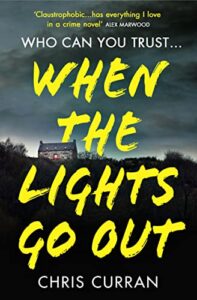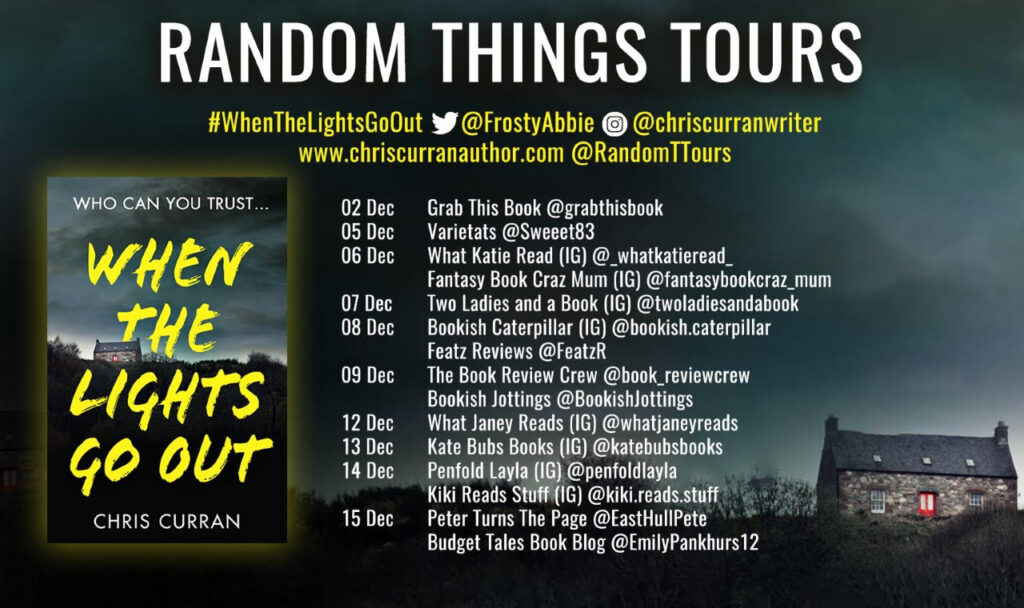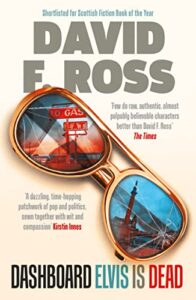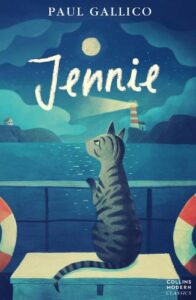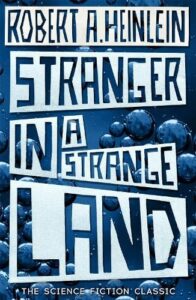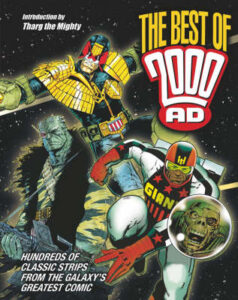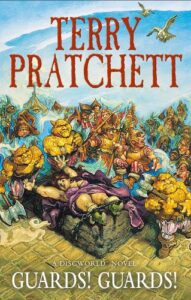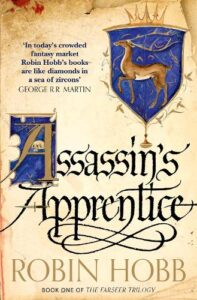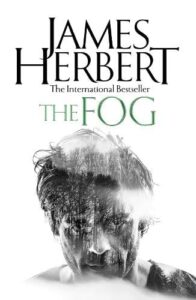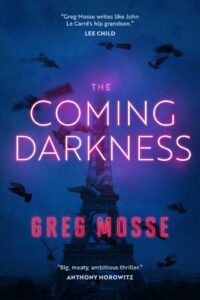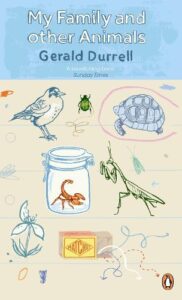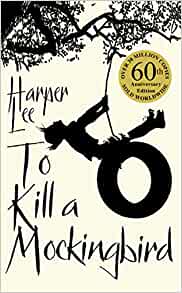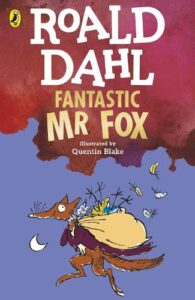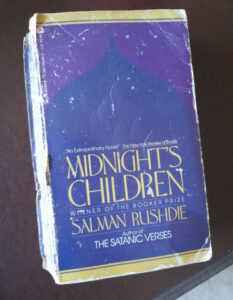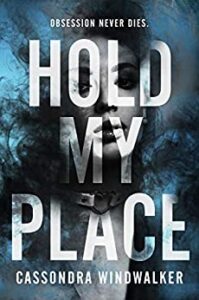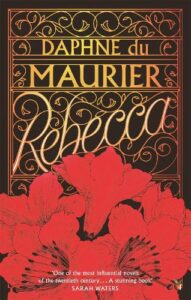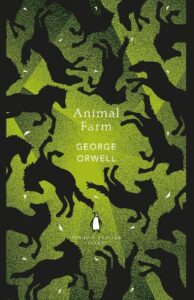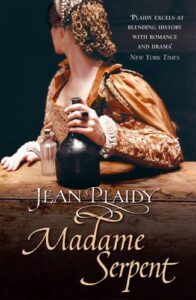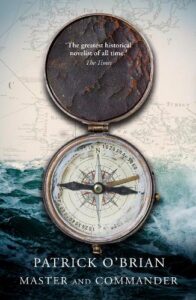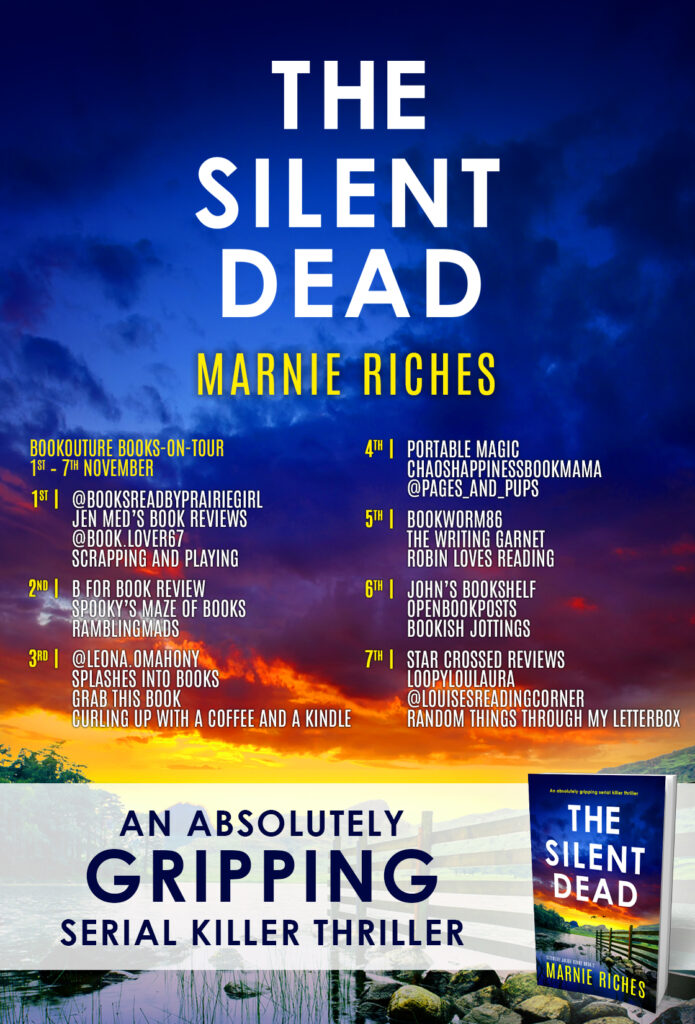A Deadly Covenant – Michael Stanley
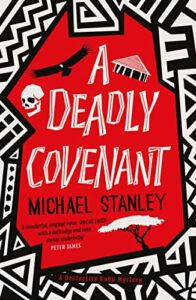 When a human skeleton is discovered at the site of a controversial new dam in remote northern Botswana, rookie Detective Kubu is drawn into a terrifying local feud, and discovers a deadly covenant that could change everything…
When a human skeleton is discovered at the site of a controversial new dam in remote northern Botswana, rookie Detective Kubu is drawn into a terrifying local feud, and discovers a deadly covenant that could change everything…
While building a pipeline near the Okavango Delta, a contractor unearths the remains of a long-dead Bushman. Rookie Detective David ‘Kubu’ Bengu of Botswana CID and Scottish pathologist, Ian MacGregor, are sent to investigate, and MacGregor discovers eight more skeletons.
Shortly after the gruesome discoveries, the elder of a nearby village is murdered in his home. The local police are convinced it was a robbery, but Kubu isn’t so sure … and neither is the strange woman who claims that an angry river spirit caused the elder’s death.
As accusations of corruption are levelled and international outrage builds over the massacre of the Bushman families, Kubu and his colleagues uncover a deadly covenant, and begin to fear that their own lives may be in mortal danger…
My thanks to Orenda Books for the digital review copy I received of A Deadly Covenant. Thanks also to Anne Cater of Random Things Blog Tours for the opportunity to host this leg of the blog tour.
As I write my review of A Deadly Covenant there is snow on the ground outside my window, this book transported me to the heat of Botswana and let me forget the creeping which was descending over Scotland. Though I was startled by a brief mention of a small Scottish village just fifteen minutes from my house – a good story really can take you around the world!
I say the story transported me because the scene setting and locations play such an important role in the Detective Kubu books. I am constantly amazed I can have a clear image in my mind of what Kubu is seeing and the places he visits, despite the fact I have never been anywhere near Botswana. The authors seem to always excel at weaving Kubu’s world around me and I never fail to become caught up in the story.
A Deadly Covenant takes the readers back to the days of “young Kubu”. It is a few months since the success of his first case and Kubu is very much still finding his feet and learning the ropes. Having first encountered an older and wiser Kubu I am very much enjoying this more cautious and vulnerable period in his life and it gives the books a very different feel too.
In the story Kubu is travelling far from home to a remote corner of the country where a controversial water pipeline is being laid. The construction has temporarily paused due to the discovery of a human skull as the ground was dug away to lay pipes. Kubu and a well-travelled Scottish pathologist (Dr Macgregor) are sent to investigate. Under the instruction of the doctor; the skull and other human remains are excavated with care so he can begin his examination of the remains. However, it soon becomes apparent there are bones of more than one person buried in the sands – multiple deaths will bring multiple headaches.
The bodies appear to have been buried for at least a decade, perhaps longer, and Kubu and Mcgregor will be challenged to investigate events which none of the locals claim to have any knowledge of and are happy to assume was a sad accident or happened many years before they were born. No facts support these claims but disassociation and denial is rife.
The pipeline promises opportunity for the towns residents who will benefit from more water reaching their land. It’s a large project and has European funding money behind it too. As is the same the world over – money and local politics will make for dangerous bedfellows and tensions are rising between old friends and neighbours. Not long after Kubu arrives the problems start to come to a head and an influential member of the community is killed in his bed as he rested.
A Deadly Covenant brings us another methodical investigation by Detective Kubu and it’s always a real treat to follow his progress (or lack of it) as he doggedly chases down clues. In these earlier years much of his legwork is done under the instruction of his boss who guides Kubu and helps highlight the skills he needs to develop to become better at his job. It is very much a refreshing angle as so many of the police stories I read focus on the experienced investigators; seeing our lead character make mistakes and have those mistakes pointed out to him makes for good reading.
I never fail to enjoy a Detective Kubu book and A Deadly Covenant is another cracker. Loved it.
A Deadly Covenant is published by Orenda Books and is available in paperback, digital and audiobook format. You can order a copy here: https://www.amazon.co.uk/gp/product/B0B4Z2GC4Z/ref=dbs_a_def_rwt_bibl_vppi_i0
